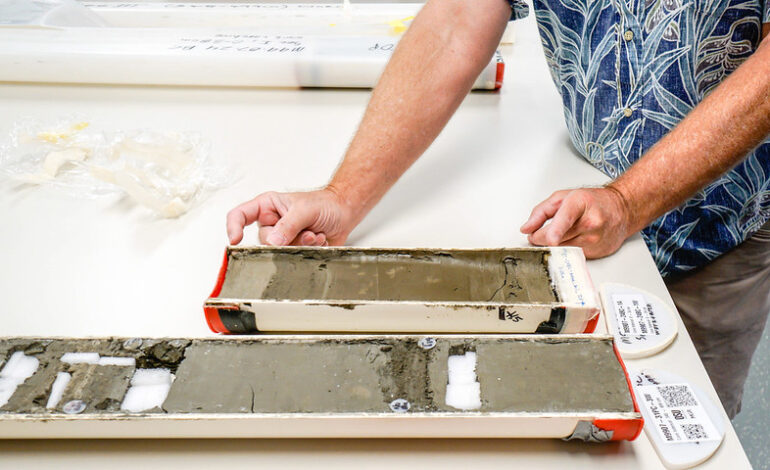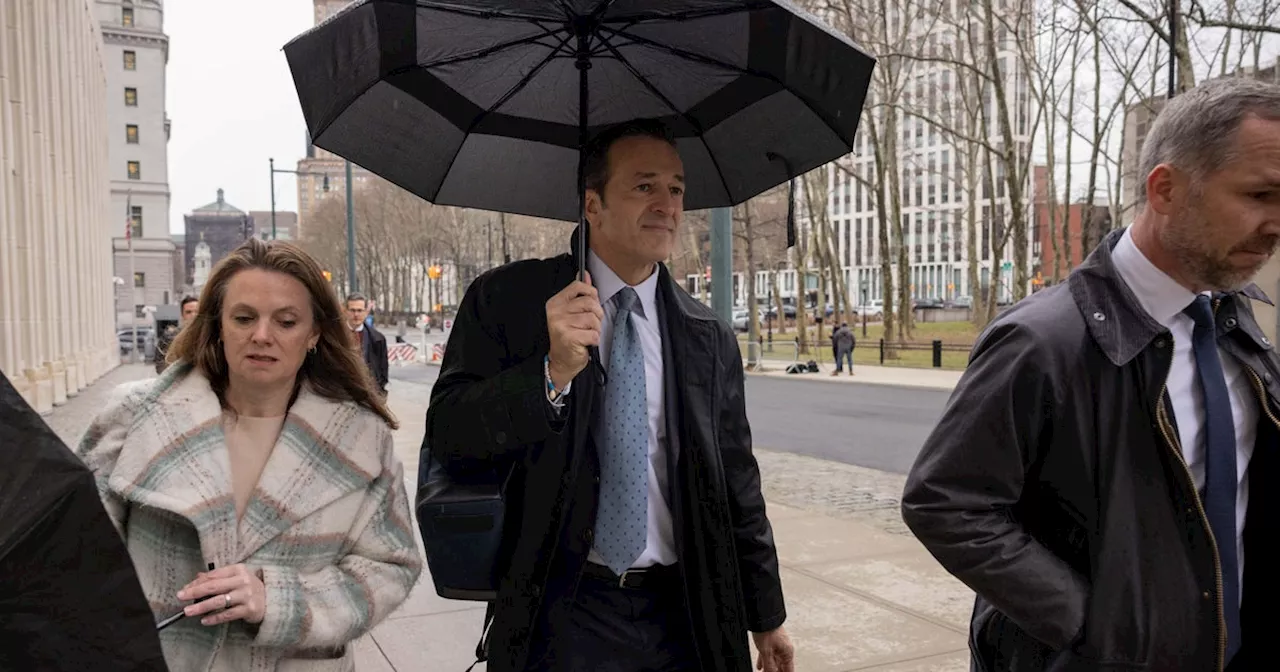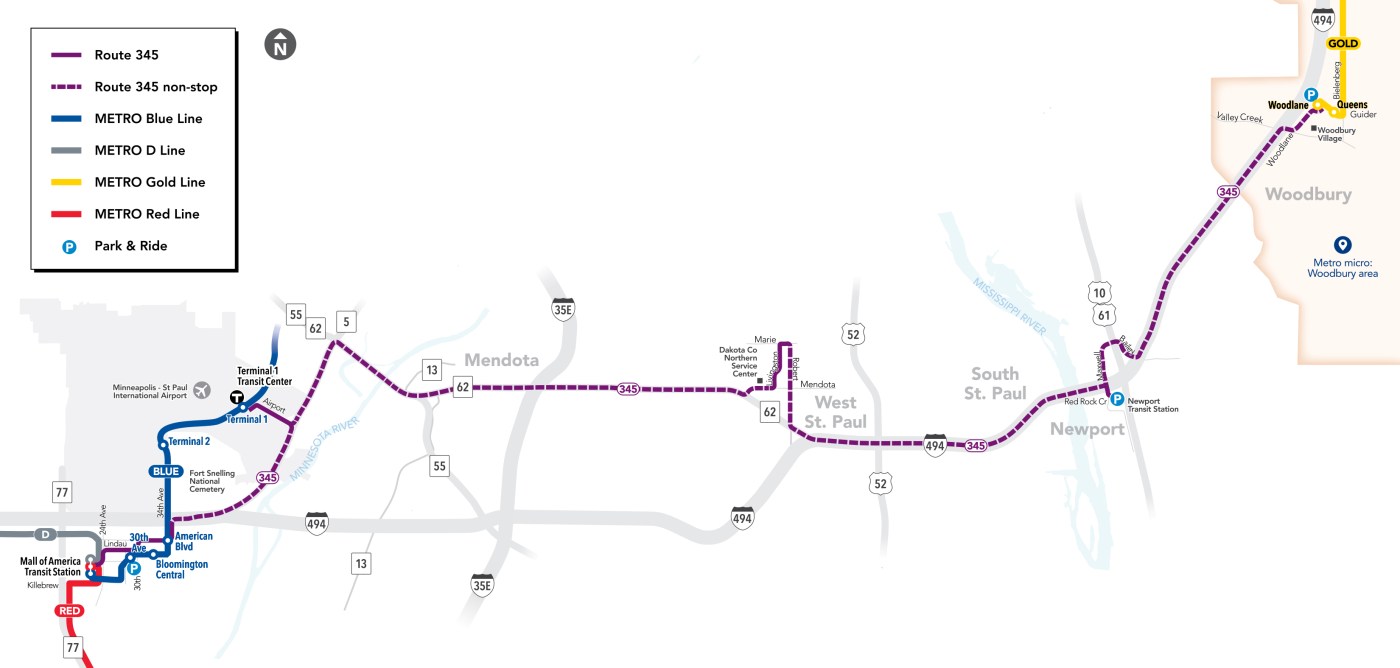Study Reveals Link Between Cascadia and San Andreas Faults

A recent study has uncovered a potential seismic connection between two major fault systems on North America’s West Coast—the Cascadia subduction zone and the San Andreas fault. Researchers suggest that earthquakes occurring on one fault may trigger seismic events on the other, presenting new challenges for hazard preparedness.
Led by Chris Goldfinger, a marine geologist at Oregon State University, the research team drilled deep-sea sediment cores that span approximately 3,100 years of geological history. By analysing layers known as turbidites—deposits formed by underwater landslides often initiated by earthquakes—they discovered patterns indicating possible synchronization between the two fault systems.
Goldfinger remarked, “We’re used to hearing the ‘Big One’—Cascadia—as this catastrophic huge thing. It turns out it’s not the worst-case scenario.” The study reveals that in some instances, earthquakes on the Cascadia subduction zone and the northern San Andreas fault may have occurred just minutes to hours apart. This includes a significant rupture event in 1700.
Significance for Hazard Planning
The findings have crucial implications for emergency response and hazard planning. Goldfinger stated, “We could expect that an earthquake on one of the faults alone would draw down the resources of the whole country to respond to it. And if they both went off together, then you’ve got potentially San Francisco, Portland, Seattle, and Vancouver all in an emergency situation in a compressed timeframe.”
For several decades, geologists have speculated about the possibility of synchronized seismic activity between faults. However, there has only been one confirmed instance of this phenomenon, which occurred in Sumatra in 2004 and 2005, where two earthquakes happened three months apart.
Goldfinger’s inquiry into this seismic synchronization dates back to a 1999 ocean research cruise. Initially focused on drilling sediment cores in the Cascadia subduction zone off the coast of Oregon and northern California, a navigational error led the team approximately 55 miles into the San Andreas zone. This deviation proved pivotal, as their analysis of cores revealed an unusual sediment layering pattern.
Typically, turbidites display coarser sediment at the bottom, with finer material on top. However, the cores from this research showed the opposite: coarse, sandy sediment at the top with fine-grained sediment below. This inversion suggested that a significant earthquake along the Cascadia subduction fault was followed closely by movement on the San Andreas fault.
To support their findings, the researchers used radiocarbon dating on the turbidite layers from various cores collected around the convergence point of the northern San Andreas and Cascadia subduction zone faults. Their analysis confirmed that the unique layering, referred to as “doublets,” was likely caused by closely timed earthquakes from both systems, rather than aftershocks or alternative geological events.
Collaborative Research Efforts
The study involves contributions from several experts, including Ann Morey, Christopher Romsos, and Bran Black from Oregon State’s College of Earth, Ocean, and Atmospheric Sciences; Jeff Beeson from the National Oceanic and Atmospheric Administration; Maureen Walzcak from the University of Washington; and Jason Patton from the California Department of Conservation. Additionally, contributions were made by C. Hans Nelson and Julia Gutiérrez-Pastor from the Instituto Andaluz de Ciencias de la Tierra in Spain, and Alexis Vizcaino from Springer Nature Group in Germany.
As the threat of major earthquakes continues to loom over the West Coast, this research underscores the importance of understanding the interconnectedness of fault systems and the need for comprehensive emergency preparedness plans to mitigate potential disasters.






